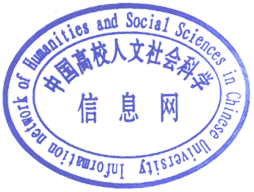KY语料库中日语学习者的元音型填充语使用情况研究
作者:李敏 苏鹰
关 键 词 :元音型填充语 出现率 发话位置 显著性差异学科分类:
摘要/Abstract
在日语口语中,填充语是一种频繁出现的话语标记。它的频繁出现确实在某种程度上给听话者在文意理解上造成了障碍,甚至有人认为应该将其予以去除。但是另一面填充语的存在也能够表明说话者的心理操作、情报处理活动,掌握得当的话反而能够使谈话更加顺畅地进行下去,因此并不能无视它的存在。填充语的先行研究始于1950年,自此不断发展,然而,针对日语学习者的填充语研究还是少之又少,尤其是基于母语的不同来考察学习者填充语使用情况的研究几乎没有。本文基于先行研究,统计了母语为中文、英语、韩语的学习者在不同水平下,元音型填充语各类型
Filler is a kind of discourse marker which frequently appears Japanese spoken language. Its high frequency indeed to some extent creates barriers to the hearer in the understanding of the context, and someone even suggest that it should be eliminated. But on the other hand, the existence of fillers can indicate speaker’s psychological operations and information processing activities, making the conversation proceed more smoothly if properly grasped. Therefore its existence cannot be ignored. The study of fillers began in 1950, and has been growing since then. However, researches of filler aimed at Japanese language learners are scarcely seen, and there is no research on the usage of fillers based on differences of learners’ mother tongues. On the basis previous research, this study counts the occurrence number, occurrence rate and the situation of different vowel fillers of different leveled Japanese learners with the mother tongue of Chinese, English, Korean respectively. Then, the study uses SPSS multivariate analysis of variance to test whether there is a significant difference in the usage of vowel fillers when learners have different mother tongues.

